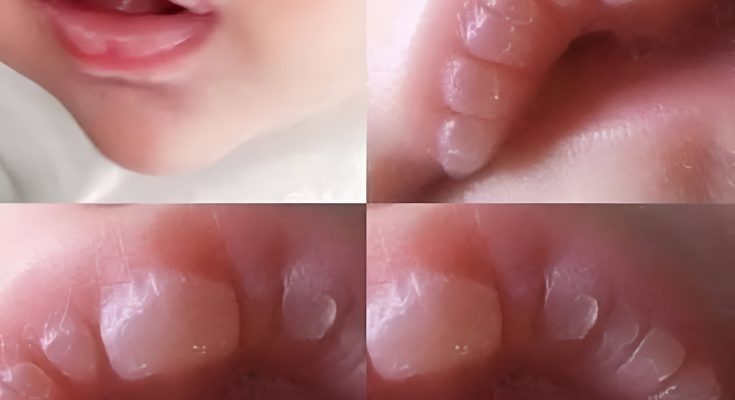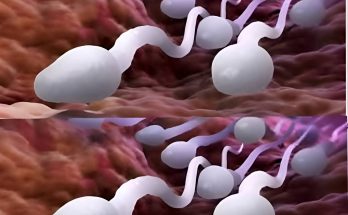If Your Baby Has These Marks, It Means… See More
Every new parent spends hours studying their baby’s face, hands, and every tiny movement. In the midst of all this wonder, you might notice small marks on your baby’s skin — spots, patches, or unusual pigmentation. While it’s easy to feel concerned, most of these marks are completely harmless and very common. In fact, they often have interesting names, causes, and meanings rooted in both medicine and folklore.
So, what does it mean if your baby has these marks? Let’s explore some of the most common skin markings found in newborns and what they might indicate.
1. Mongolian Spots
What they are:
Flat, blue or grayish patches usually found on the lower back or buttocks. They can sometimes look like bruises, which can be alarming to parents who aren’t expecting them.
What it means:
These spots are most common in babies of Asian, African, Native American, or Hispanic descent and are caused by pigmented cells trapped in the deeper layers of the skin. They are harmless and usually fade on their own within the first few years of life.
2. Stork Bites or Angel Kisses
What they are:
Pink or reddish birthmarks that often appear on the forehead, eyelids, nose, upper lip, or the back of the neck.
What it means:
These marks are known as “nevus simplex.” They’re caused by stretched or dilated blood vessels under the skin and typically become more visible when the baby cries or is hot. Most fade within the first year, especially the ones on the face, though those on the neck can sometimes persist longer.
3. Port-Wine Stains
What they are:
Dark red or purple marks that look like spilled wine on the skin. They can appear anywhere on the body but are most commonly seen on the face.
What it means:
Port-wine stains are caused by an overgrowth of capillaries and don’t fade with time. They may darken and thicken as the child grows. While usually harmless, if the stain is near the eye or covers a large area, it should be evaluated by a pediatrician or dermatologist to rule out associated conditions like Sturge-Weber syndrome.
4. Café-au-Lait Spots
What they are:
Light brown, oval-shaped patches that resemble the color of coffee with milk — hence the name.
What it means:
One or two café-au-lait spots are generally harmless and common. However, if your child has six or more of these marks, especially if they’re larger than 5mm in infants, it could be an early indicator of a genetic condition called neurofibromatosis type 1 (NF1). A pediatrician can monitor and investigate further if needed.
5. Hemangiomas (Strawberry Marks)
What they are:
Bright red, raised marks that resemble a strawberry in texture and color. They may not be present at birth but can appear within a few weeks afterward.
What it means:
These benign tumors of blood vessels are not dangerous and often grow quickly for several months before gradually shrinking and disappearing over the years. In rare cases, they may need treatment if they interfere with vision, breathing, or feeding, depending on their location.
6. Milia
What they are:
Tiny white bumps, often mistaken for baby acne, that appear on a baby’s nose, cheeks, or chin.
What it means:
Milia are caused by trapped keratin under the skin and are completely harmless. They will usually clear up on their own within a few weeks without any need for treatment.
When to See a Doctor
While most skin markings are completely normal and part of what makes your baby unique, it’s important to monitor any changes. Contact your pediatrician if:
-
The mark changes rapidly in size, shape, or color.
-
It bleeds, becomes raised or firm, or causes discomfort.
-
There are multiple marks that could be linked to genetic syndromes.
Final Thoughts
Your baby’s skin tells a fascinating story of development, genetics, and biology. Many of the marks you see are natural, temporary, and nothing to worry about. However, staying informed and maintaining regular pediatric checkups ensures any concerns can be addressed early. As always, if something doesn’t seem right, trust your instincts and consult a healthcare provider.
So next time you spot a mark and wonder, “What does this mean?” — know that it’s likely just another part of your baby’s beautiful and unique journey.



